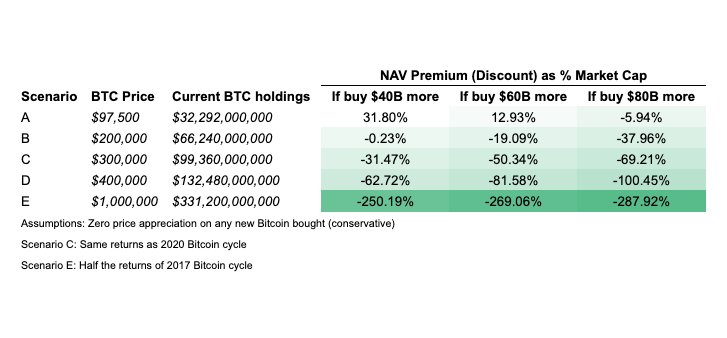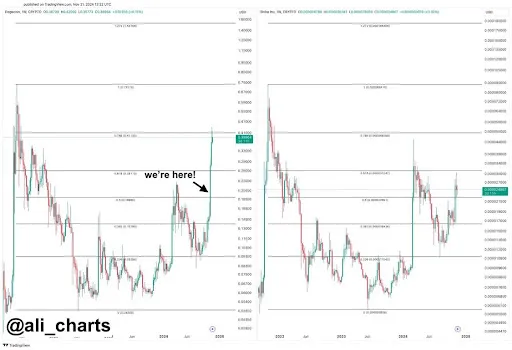Hello r/ethereum community, I am studying Environmental Management and I have recently finished a research project on Ethereum's future energy consumption under Proof-of-Stake. I have originally posted this in r/ethfinance but was asked to share it with those of you interested as well.
You can find the full report here
For all others, I'll quickly summarise the results:
Ethereum (mining) is currently estimated to use around 80 TWh of energy annually.
I tried to model energy consumption for Proof-of-Stake.
Currently there are about 250,000 active validators. I split validators into two categories: private stakers and institutional stakers. Private stakers are people running a setup from home (or hosted on a cloud server). Each staker currently runs 5.4 validators on average. Because they probably don't have setups optimized for energy consumption, I estimated every staker to use 100W of energy, so about 18.52W per validator. For institutional stakers, such as exchanges, I used 5 W per validator, as suggested by Carl Beekhuizen from the Ethereum foundation. Currently about half of validators seem to be run by each category. This puts the current estimated energy consumption at 2.94 MW or 25.754 GWh annually.
For the future I have considered a limit of 524,000 validators as proposed by Vitalik in the past. I made one model assuming the share of private vs institutional stakers remains 50-50 and one that assumes a shift towards circa 25-75, since there will probably be more people using staking services rather than setting up new own validators in the future. The last scenario, which I find to be more likely, puts power consumption at 4.31 MW or 37.756 GWh annually (the 50-50 scenario would mean 6.16MW / 53.98 GWh annually).
Overall, the transition to Proof-of-Stake represents a decrease in energy consumption by at least 99.93 to 99.95 percent compared to current PoW
So instead of using as much power as the entire country of Chile, Ethereum will only use the equivalent of between 710 to 1650 average Australians in the future.
Of course those numbers could change slightly in case the maximum number of validators ends up significantly higher or the stake needed for a validator were to change, but this model at least is able to demonstrate the magnitude in difference for power consumption between PoW and PoS.
PS: Please don't be too harsh on my report, the main focus was on the environmental impact of Ethereum and the technical details are very simplified. If you want to share my report somewhere, please dm me.
[link] [comments]

You can get bonuses upto $100 FREE BONUS when you:
💰 Install these recommended apps:
💲 SocialGood - 100% Crypto Back on Everyday Shopping
💲 xPortal - The DeFi For The Next Billion
💲 CryptoTab Browser - Lightweight, fast, and ready to mine!
💰 Register on these recommended exchanges:
🟡 Binance🟡 Bitfinex🟡 Bitmart🟡 Bittrex🟡 Bitget
🟡 CoinEx🟡 Crypto.com🟡 Gate.io🟡 Huobi🟡 Kucoin.



















Comments